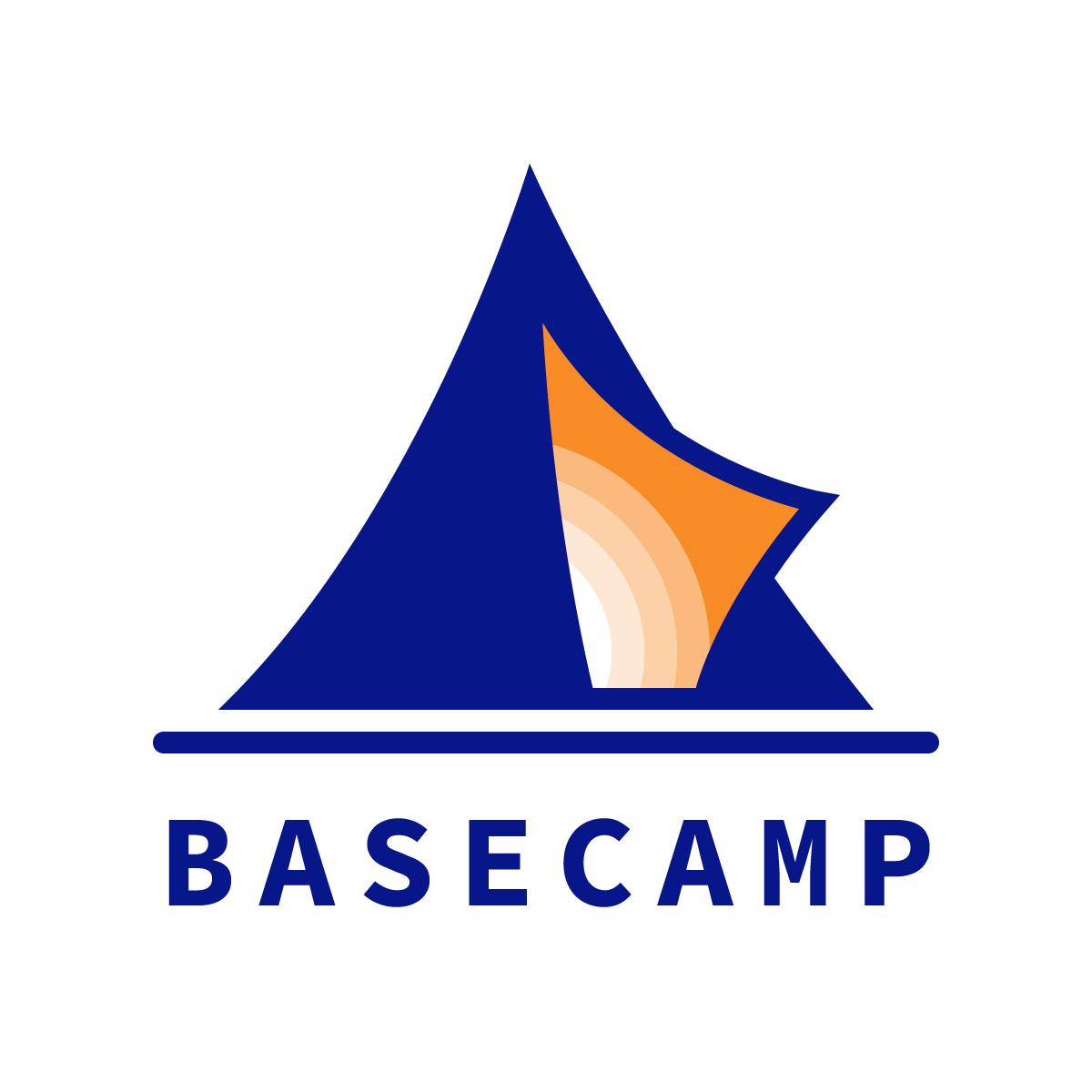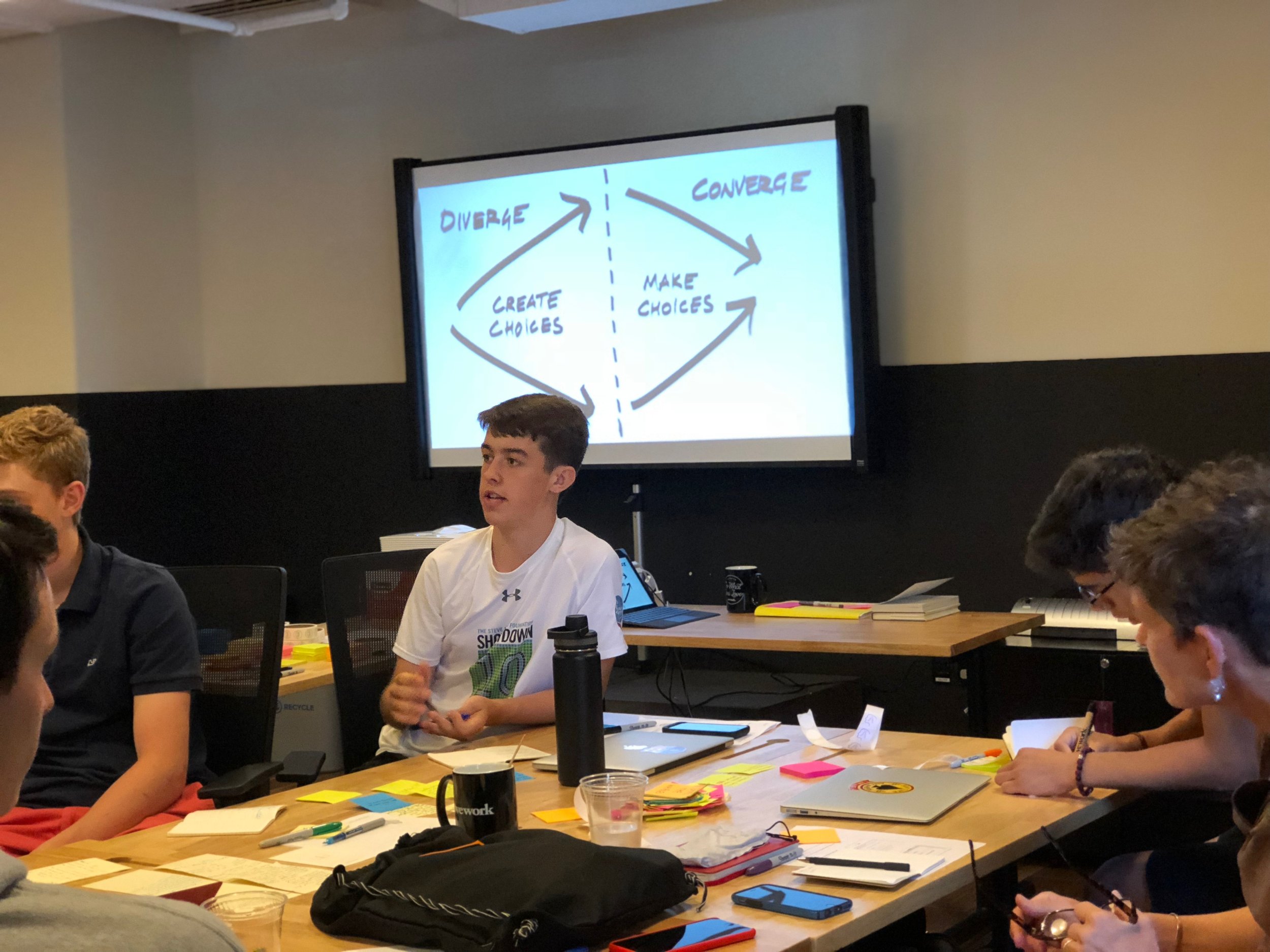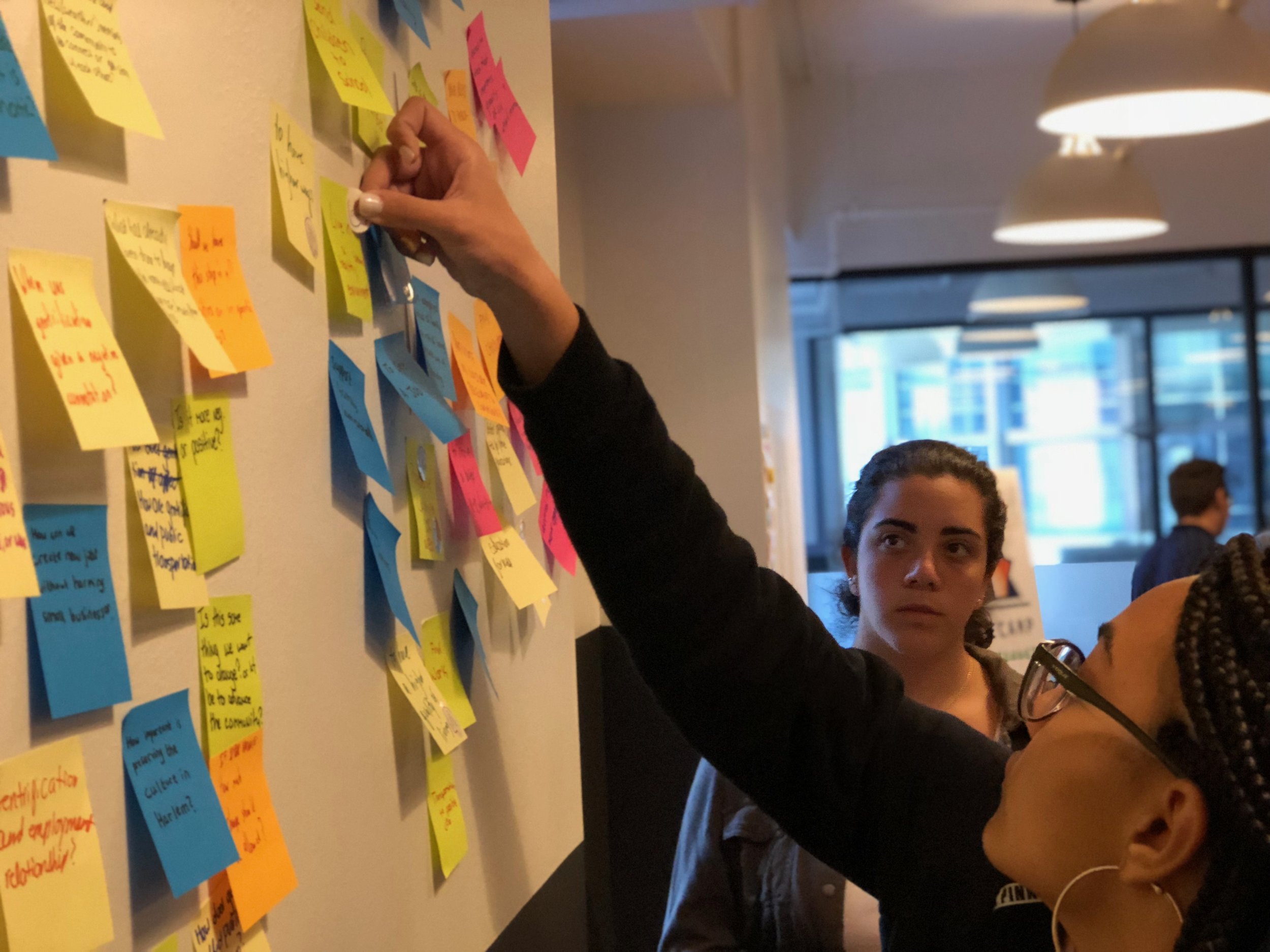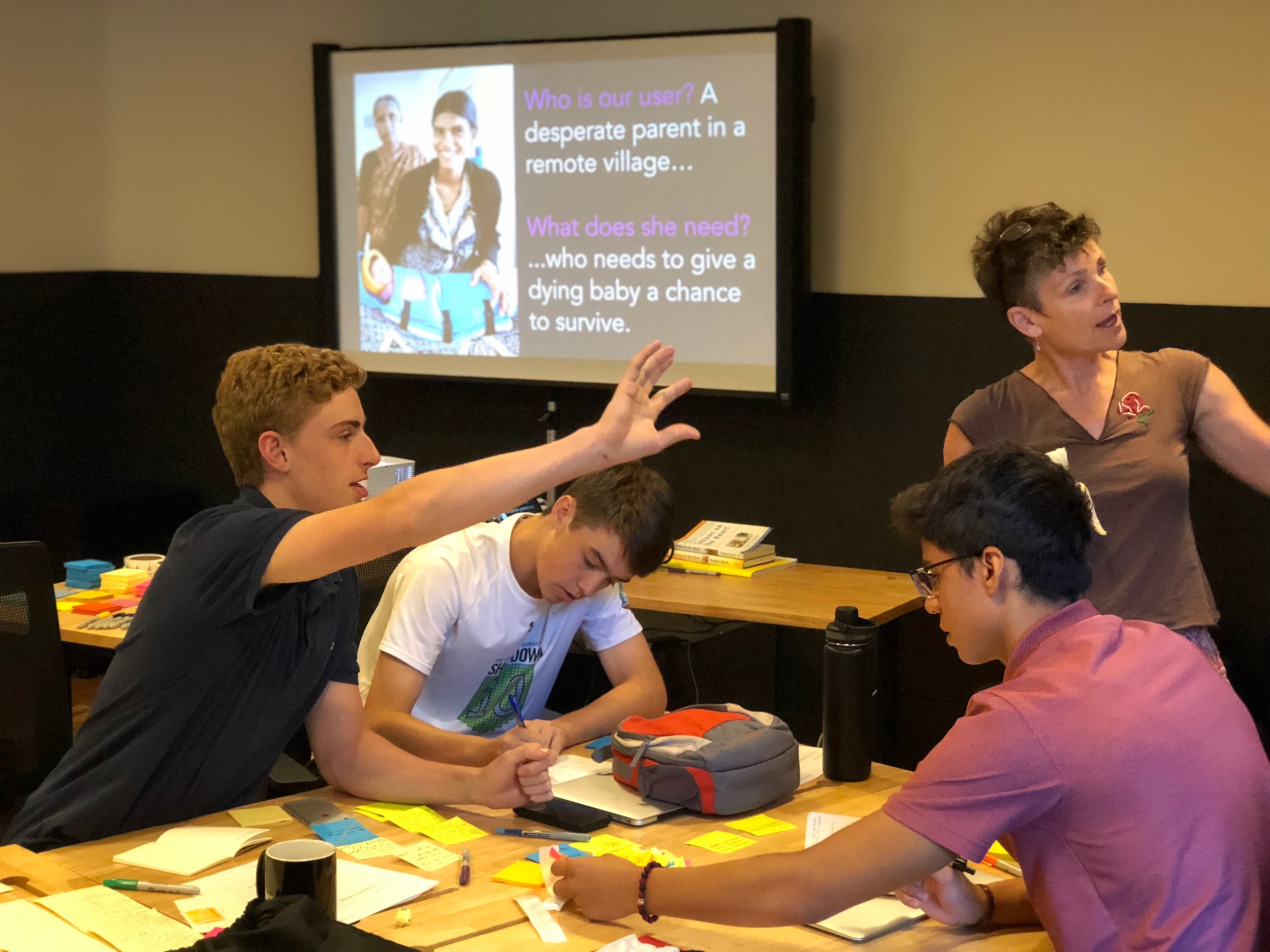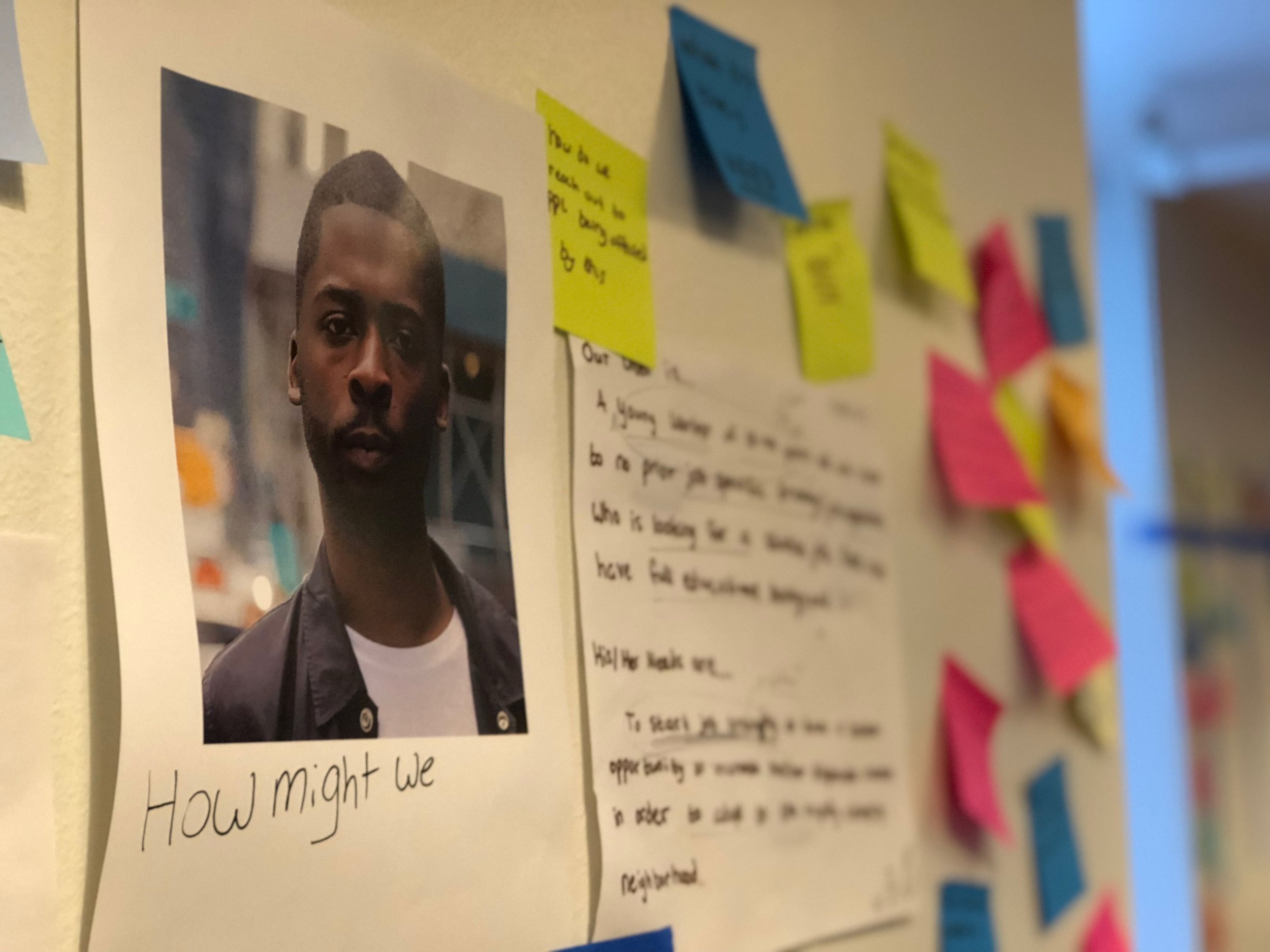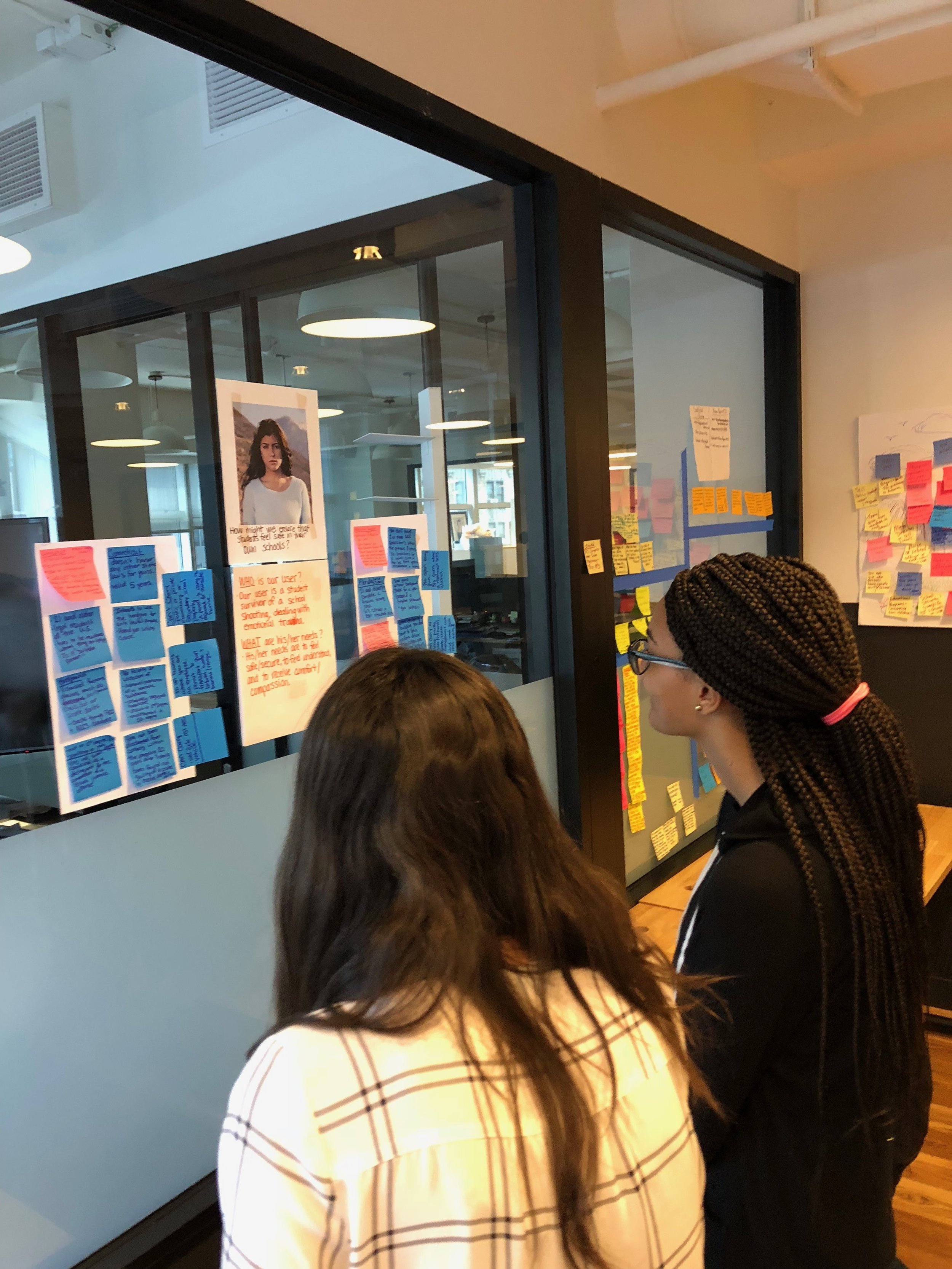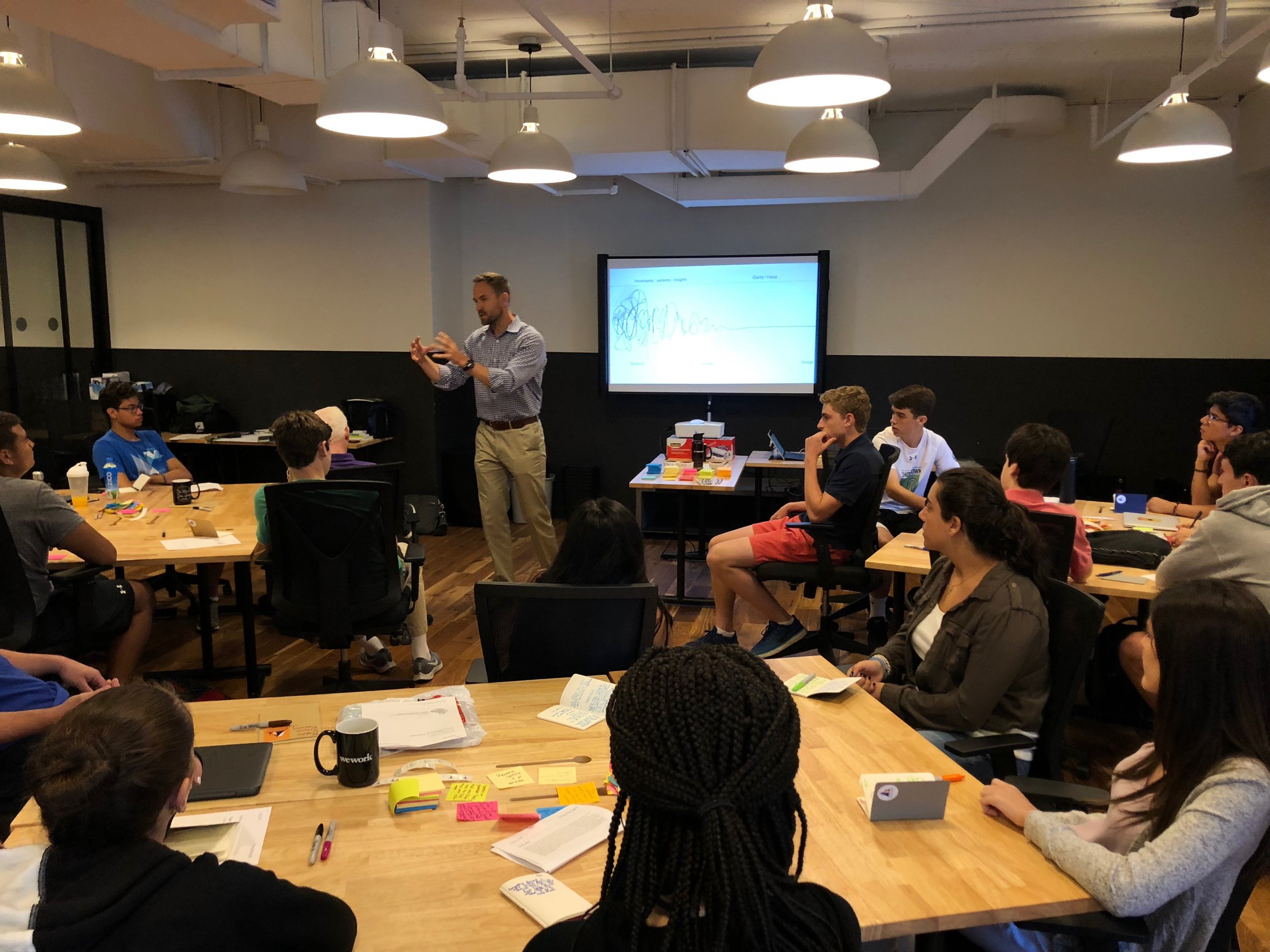Expeditionaries Day 4 of 8: Crossing the Mountains
Some time in the late 16th century, an Italian Jesuit named Matteo Ricci set off on a journey to the Middle Kingdom.
At the time, Western Europeans' maps of the world contained a host of blank spots. Mapmakers sometimes filled such blank places with drawings of fantastical creatures—dragons, sea monsters, ogres.
How did Ricci navigate those “threats” on the map? With no precedent to consult, how did this Jesuit expeditionary overcome what must have appeared like insurmountable obstacles for a Westerner? How did he attain the rank of mandarin and become the first European to enter the Forbidden City? How did he cross the chasm from foreign, religious emissary to trusted advisor to two Chinese emperors?
Over and over, on his journey into the unknown, Ricci had to cross both literal and metaphoric mountains. To find his way through those challenges, some internal compass must have aligned him to his mission and pointed him in the right direction.
On Day 4 of Expeditionaries, we heard Ricci’s story, as recounted in Chris Lowney's exceptional Heroic Leadership. Why? Because as the student teams approached the midpoint of their own journey into the unknown, they needed to consider two things:
A mountain range would stand between them and their destination. Each team had converged on a social impact problem area, and they had also defined a point of view by clarifying the kind of person they wanted to assist and what need they would try to address. But now they would have to figure out, “How might we help this person?”
Moving from defining the problem to generating potential solutions would require traversing mountains filled with countless switchbacks— i.e., the divergent thinking needed for idea generation—and narrow passes—i.e., the convergent thinking needed for idea selection. To continue their journey, each team would need to prototype one idea as a solution to their social impact problem.
They would need a compass to navigate these mountains. When you’re in the middle of your journey and thrown into confusion and chaos—"Do we have enough ideas? Which ones are the best? What if we commit to the wrong idea?"—your team needs to know how to find its True North.
In Expeditionaries, two questions constitute the compass that orients students: “Who is our user? What does she need to do?” It is no coincidence that in each team’s basecamp space, all of their questions and research are physically organized around a picture of their user and a statement about what he or she to do.
In our Age of Accelerating Change, your students will need to solve problems they've never seen before. How are you developing them to be wayfinders in that volatile, uncertain, chaotic, and ambiguous environment?
***
Stay tuned for Expeditionaries Day 5 of 8: Prototyping a Path Forward
***
Thank you for reading this post from Basecamp's blog, Ed:Future. Do you know someone who would find the Ed:Future blog worthwhile reading? Please let them know that they can subscribe here.
